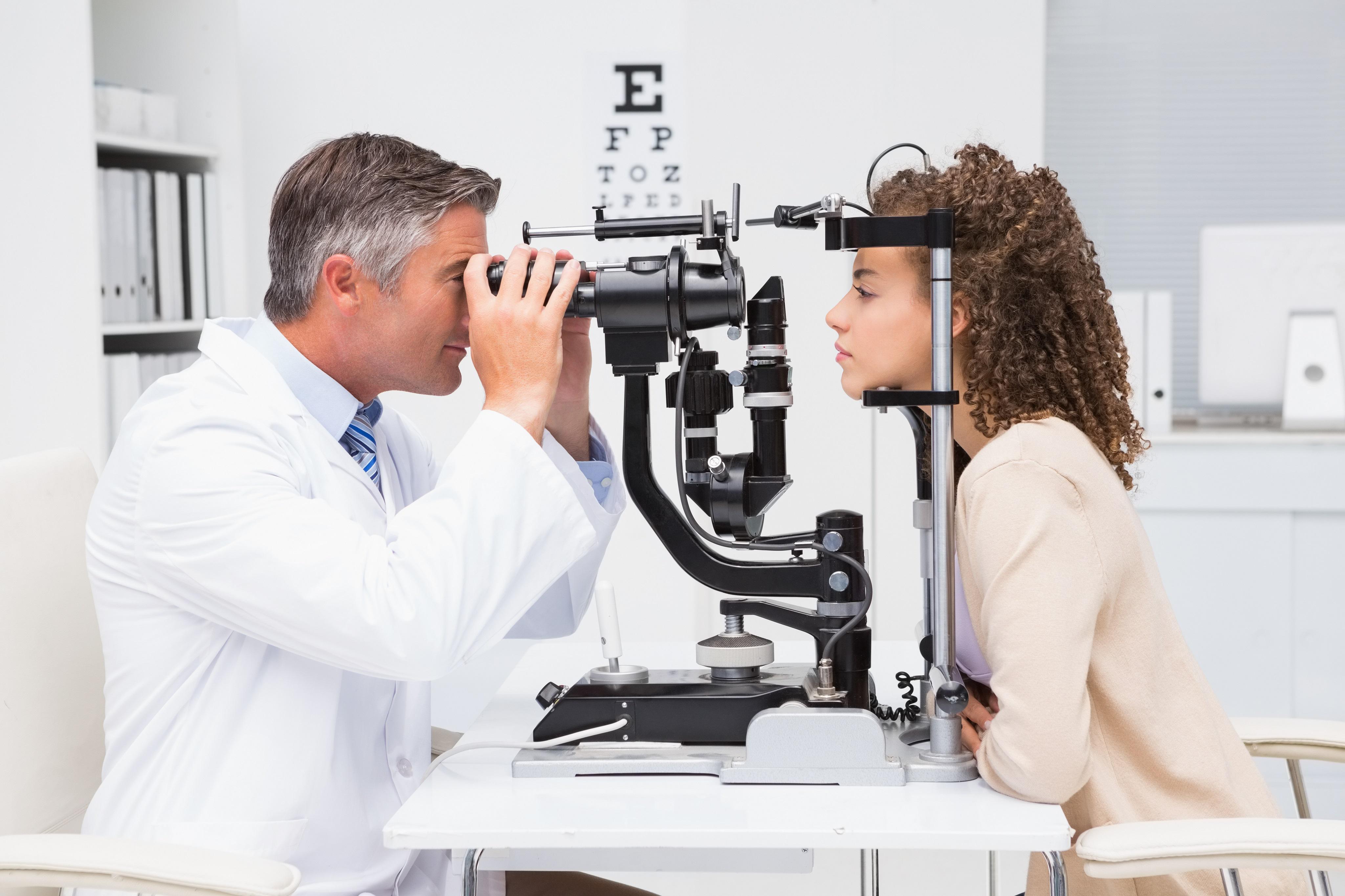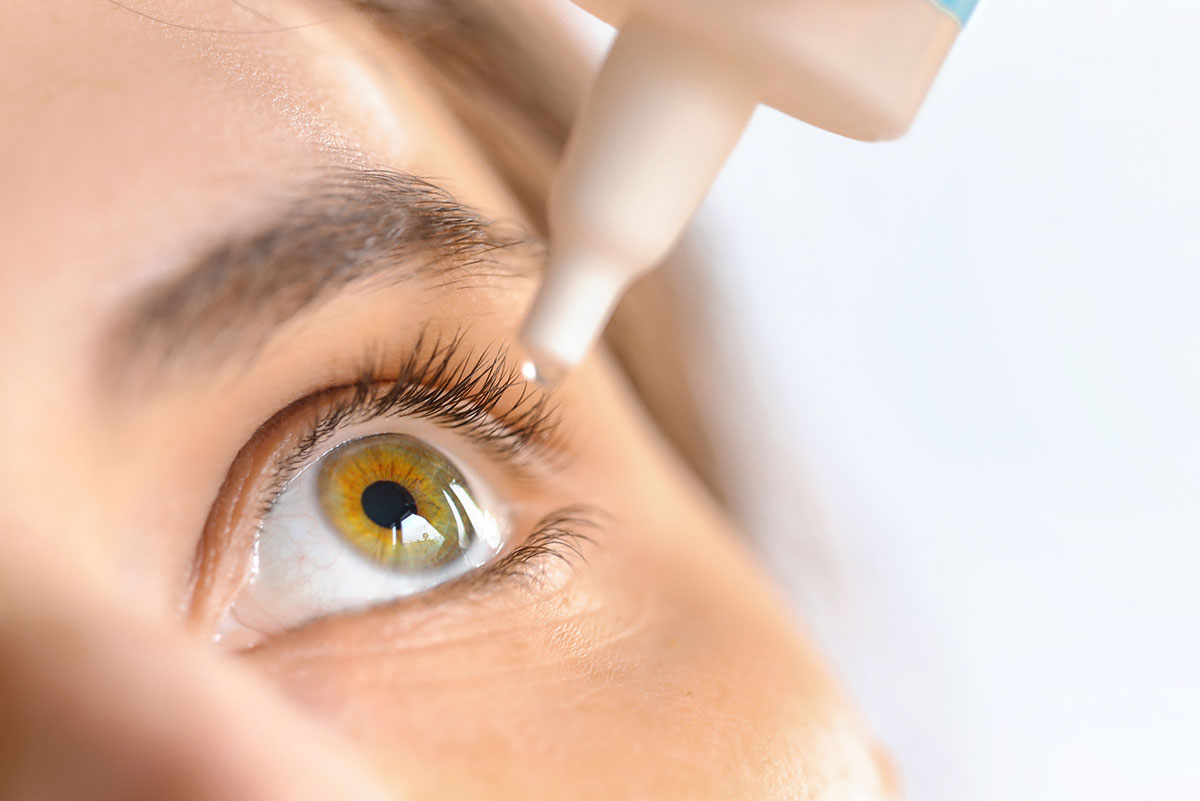The Total Malfunction of Retina Disorders and Exactly How They Influence Your Vision
Retina disorders can interrupt this delicate process, leading to an array of vision disabilities. By exploring the composition of the retina, usual conditions that can influence it, their reasons, symptoms, and readily available treatment options, we can obtain useful insights right into protecting and safeguarding our vision.
Review of Retina Composition
The elaborate framework of the retina offers as the structure for aesthetic assumption and plays a vital duty in the procedure of transforming light into neural signals for the brain to analyze. Located at the back of the eye, the retina consists of a number of layers that work together effortlessly to promote vision. Recognizing the intricate anatomy of the retina is fundamental in comprehending how vision features and just how numerous retina problems can influence aesthetic assumption.

Typical Retina Disorders
Retina problems encompass a series of problems that influence the intricate structure of the eye accountable for aesthetic handling. One common disorder is age-related macular degeneration (AMD), a leading source of vision loss in people over 50. AMD influences the macula, a component of the retina essential for sharp central vision, causing blurriness or unseen areas in the main aesthetic field.
Another widespread problem is diabetic retinopathy, occurring in individuals with diabetic issues. High blood glucose degrees damage the capillary in the retina, causing vision problems or loss of sight if left neglected. Retinal detachment is a severe condition where the retina draws away from its typical setting, triggering an unexpected beginning of advances, flashes of light, or loss of vision in a curtain-like pattern.
Finally, retinitis pigmentosa is a group of congenital diseases that create the malfunction and loss of cells in the retina, causing night blindness and a steady narrowing of the visual area - neurologist Andalusia. Recognizing these usual retina problems is crucial in preserving vision and looking for timely clinical intervention
Causes of Retina Disorders
Numerous elements add to the growth of retina disorders, consisting of hereditary tendencies, lifestyle selections, and underlying health conditions. Hereditary tendencies play a considerable role in several retina conditions, such as retinitis pigmentosa and macular degeneration. Individuals with a family members history of these problems go to a higher threat of establishing them due to acquired genetic anomalies impacting the retina's function.
Way of living options can likewise impact retina health. Cigarette smoking, for example, has been connected to an increased risk of age-related macular deterioration, a common retina condition that can lead to vision loss. Poor nutritional behaviors lacking necessary nutrients like vitamins A, C, and E, as well as omega-3 fatty acids, can additionally contribute to the growth of retina disorders.
Underlying health and wellness problems, such as diabetes mellitus and hypertension, are understood to influence the retina. Diabetic retinopathy, a complication of diabetes mellitus, can trigger damages to the blood vessels in the retina, causing vision impairment. Hypertension can result in hypertensive retinopathy, where high blood pressure influences the blood vessels in the retina, possibly creating vision problems. eye doctors in andalusia. Comprehending these reasons is vital in taking care of and avoiding retina conditions.
Signs And Symptoms and Medical Diagnosis
Given the significant effect that creates such as hereditary proneness, way of living selections, and underlying health and wellness conditions can have on the growth of retina problems, it is important to acknowledge the signs and symptoms and use effective analysis approaches for early detection and management. Symptoms of retina disorders can differ depending upon the particular condition however may consist of blurred or misshaped vision, the abrupt look of drifters or flashes of light, a dark area in the center of your vision, or a gradual loss of central vision. If you experience any of these symptoms, it is crucial to look for instant clinical interest.
Early discovery through routine eye examinations is vital to protecting against vision loss and managing retina problems effectively. If identified with a retina condition, your medical care service provider will function with you to develop a customized therapy strategy to maintain your vision.

Treatment Choices and Monitoring
Treatment choices for retina problems differ depending on next page the underlying reason and intensity of the condition. In instances of retinal detachment, surgical interventions such as vitrectomy or scleral buckling my website may be essential to prevent and reattach the retina vision loss.
In diabetic retinopathy, taking care of blood sugar levels is important to avoid more damages to the blood vessels in the retina. In addition, treatments like laser surgery or shots might be suggested to reduce swelling and protect against vision loss. Routine eye exams and very early detection of retina disorders are necessary for effective monitoring and treatment results. Patients with retina problems ought to work carefully with their ophthalmologist to create a customized therapy strategy that addresses their specific requirements and helps maintain optimum visual feature.
Verdict
To conclude, recognizing the anatomy of the retina, typical problems, triggers, signs and symptoms, diagnosis, and treatment choices is crucial in handling vision problems. Retina conditions can considerably influence vision and lifestyle, making early detection and appropriate monitoring important. By remaining notified concerning these conditions and looking for proper medical treatment, people can better preserve their vision and preserve general eye wellness.

Comprehending the detailed makeup of the retina is fundamental in comprehending exactly how vision functions and exactly how various retina problems can impact aesthetic perception.
Retinal detachment is a significant problem where the retina draws away from its normal setting, causing a sudden onset of floaters, flashes of light, or loss of vision in a curtain-like pattern.
Signs of retina conditions can vary depending on the certain condition however may include blurred or distorted vision, the abrupt look of drifters or flashes of light, a dark place in the facility of your vision, or a steady loss of main vision.In conclusion, understanding the anatomy of the retina, common conditions, causes, symptoms, diagnosis, and therapy alternatives is critical in taking care of vision problems.
Comments on “Andalusia Pediatrics: Compassionate Care for Your Children”